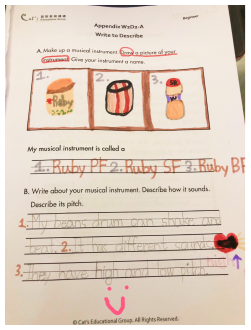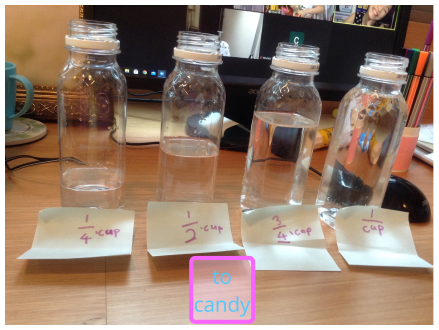

text / Teacher Craig Ferguson / Da Zhi Branch
Noted writer Richard Louv once said that children need nature for the healthy development of their senses, and therefore their learning and creativity. That presents a challenge when you live in the urban jungle and are dealing with remote, online schooling due to the pandemic. How do you discover nature when you can’t leave your apartment?


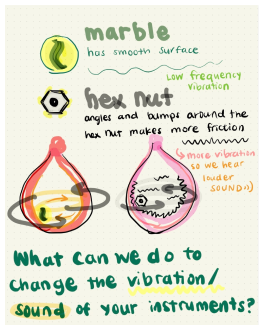
Such was the challenge with the Nature Discovery section of the Summer Venture program. Bringing children into close connection with nature is important, both from an intellectual aspect and from a sensory perspective. Busy lives and modern living conditions have taken most of us further away from that connection to nature than has ever been seen before in human history. Try to remember the last time when you stood barefoot on the earth or wandered through a forest only hearing the sounds of nature and not phones, traffic, and the like.
As a teacher with a degree in environmental science, I was looking forward to sharing some of that with the class over the last two weeks of summer vacation. While my background is more related to issues surrounding climate change and resource management, I do have sufficient grounding in the topics we were covering to be able to provide some extra resources and information during the lessons.
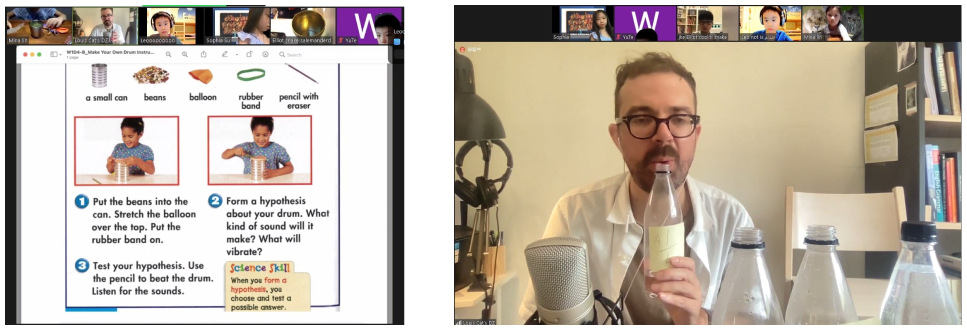
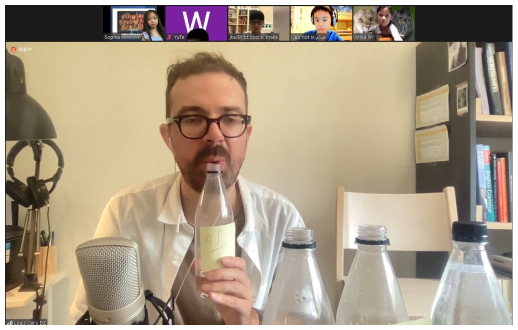
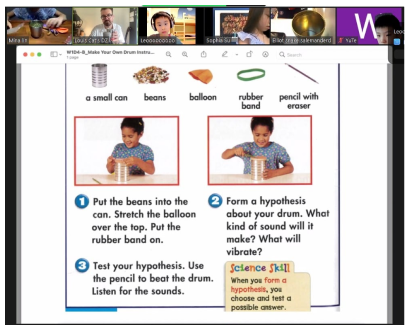
One of the main challenges was the remote learning situation. As is quite natural, different students have different interests, and for those who aren’t so excited about science, it’s easier to switch off when you are at home instead of in the classroom. I almost felt like I should have had a recording that automatically said, “Please turn on your cameras,” every few minutes!
Still, we got there in the end. We’ve not only planted the seeds of passion for science that may bloom as they get a bit older, but also given them some new things to think about after actively engaged in the class discussions and activities.
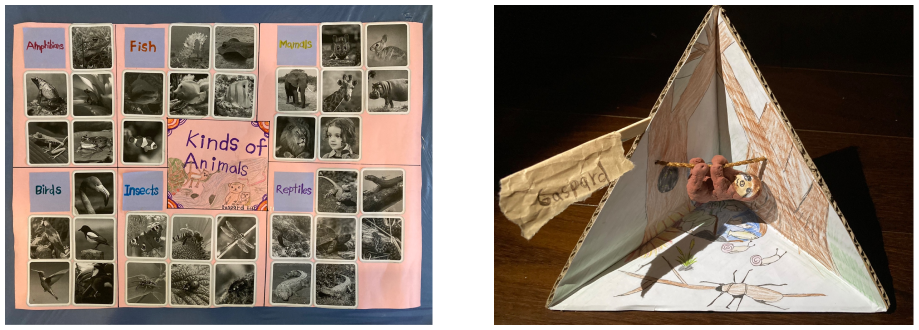
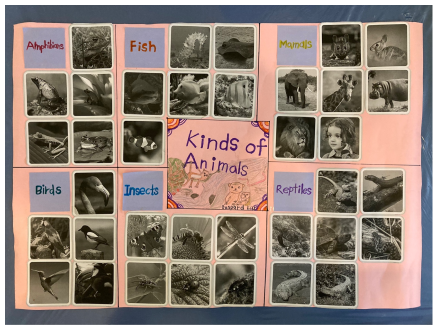

Children today are going to inherit a world that is very different from what their teachers and parents grew up in. The challenges they will face as they grow up and go out into the world are vast. Having their own connection to nature will make their futures more livable as they seek to protect the very world that gives them life.
Over the course of the two weeks, we looked at a variety of topics. Different habitats, different species, different ways of adapting to environments. There were a number of new vocabulary words to learn and assimilate, and difficult concepts to understand.
A mixture of class discussion, videos, slide presentations, games, and hands-on activities culminated in the students working on their own experiments to produce an individual piece of scientific discovery. We learned how scientists think and work, which is called the scientific method, ranging from classification and sorting to hypotheses and abstracts.
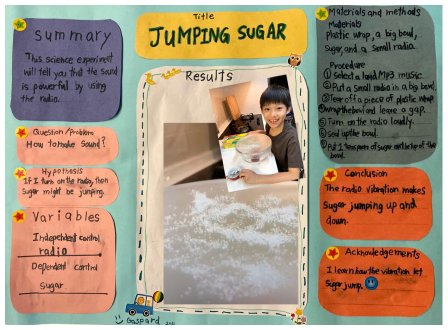
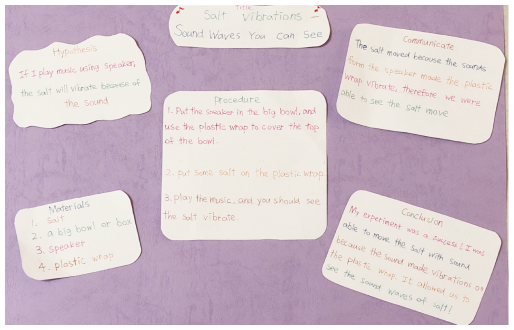

Seesaw was an invaluable tool for providing feedback on different tasks, Of course, it would be better if we could have all been in a room together and produced group work as well as individual work but I’m proud of them for what they have accomplished.
All in all, our learning from home experience wouldn’t have worked so well without the help from Cat’s supportive teachers and staff. Everyone – students, staff, teachers, and directors – deserve a pat on the back for pulling together to get through this trying time. Well done, everybody!


